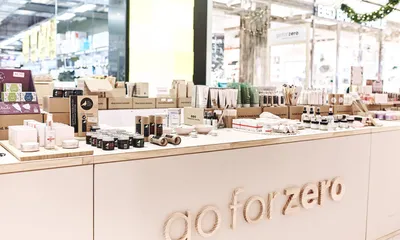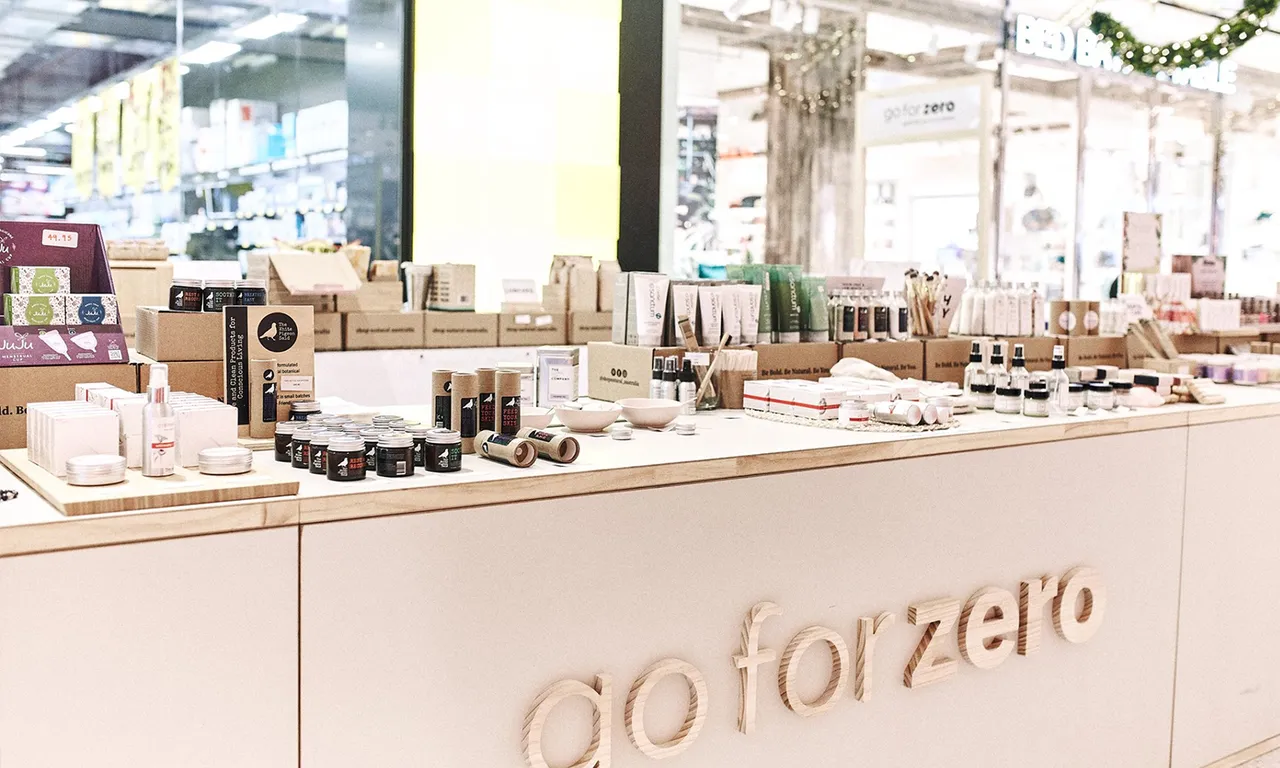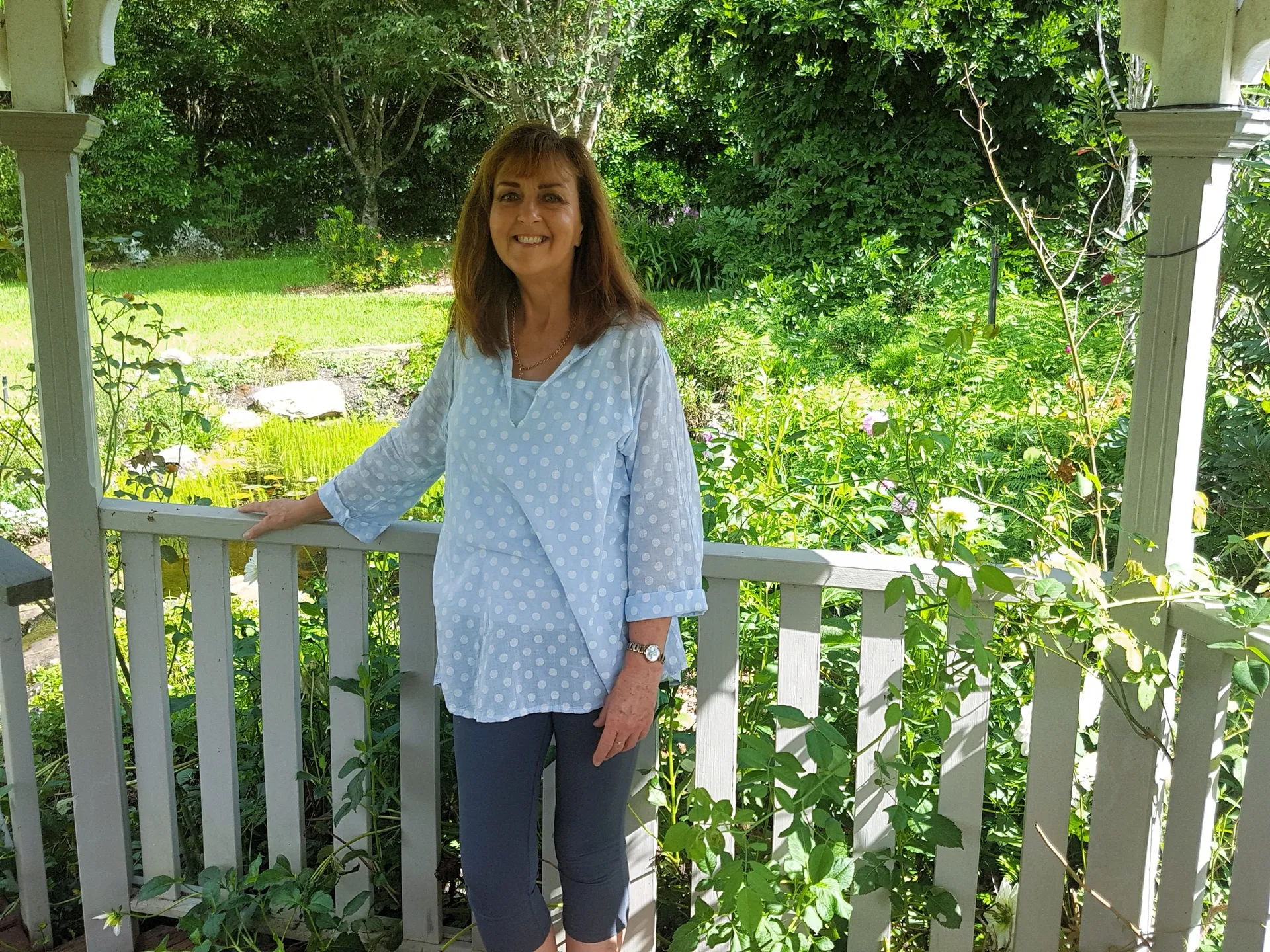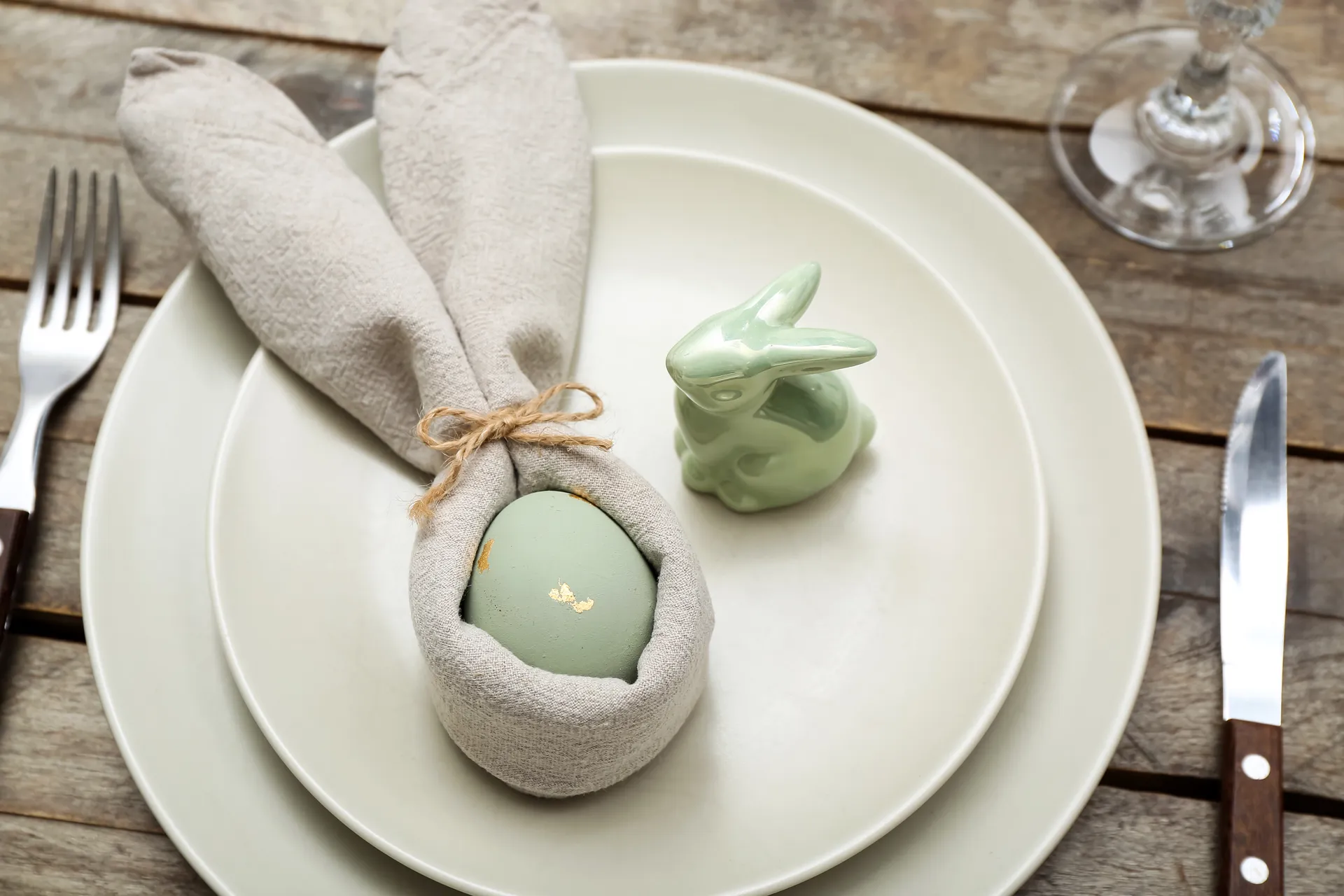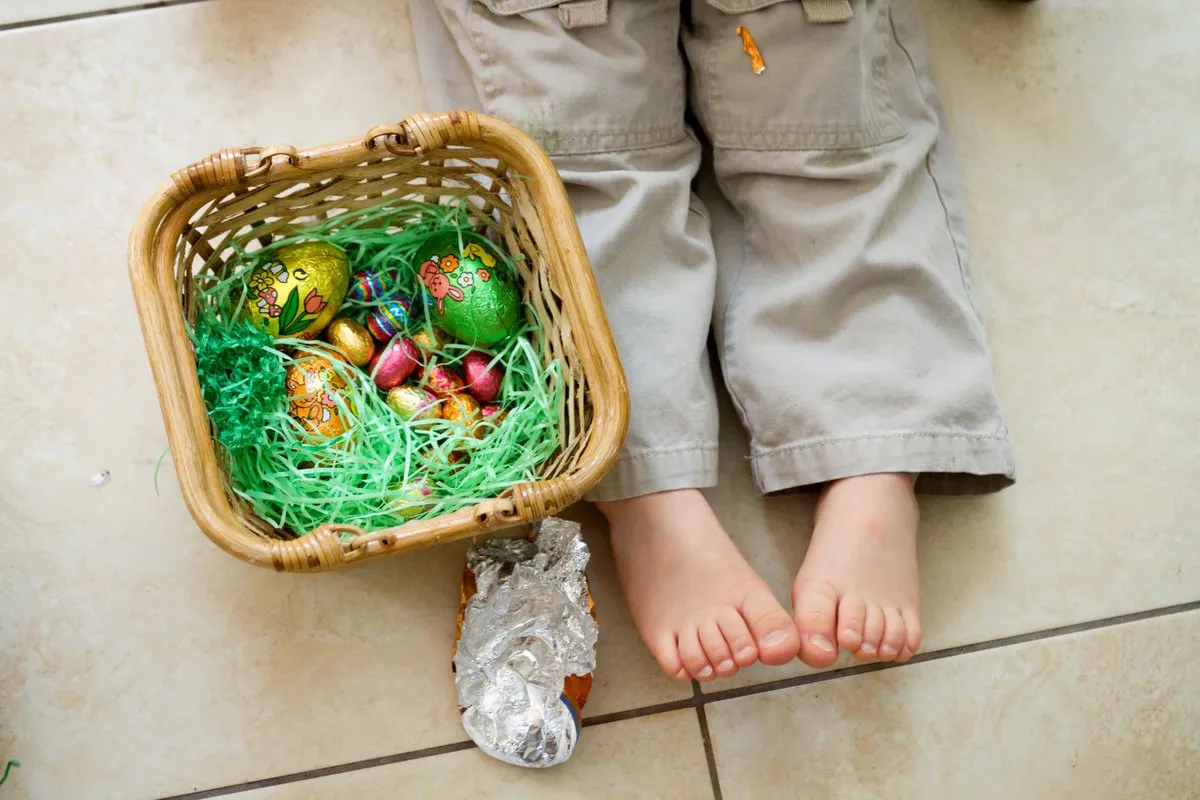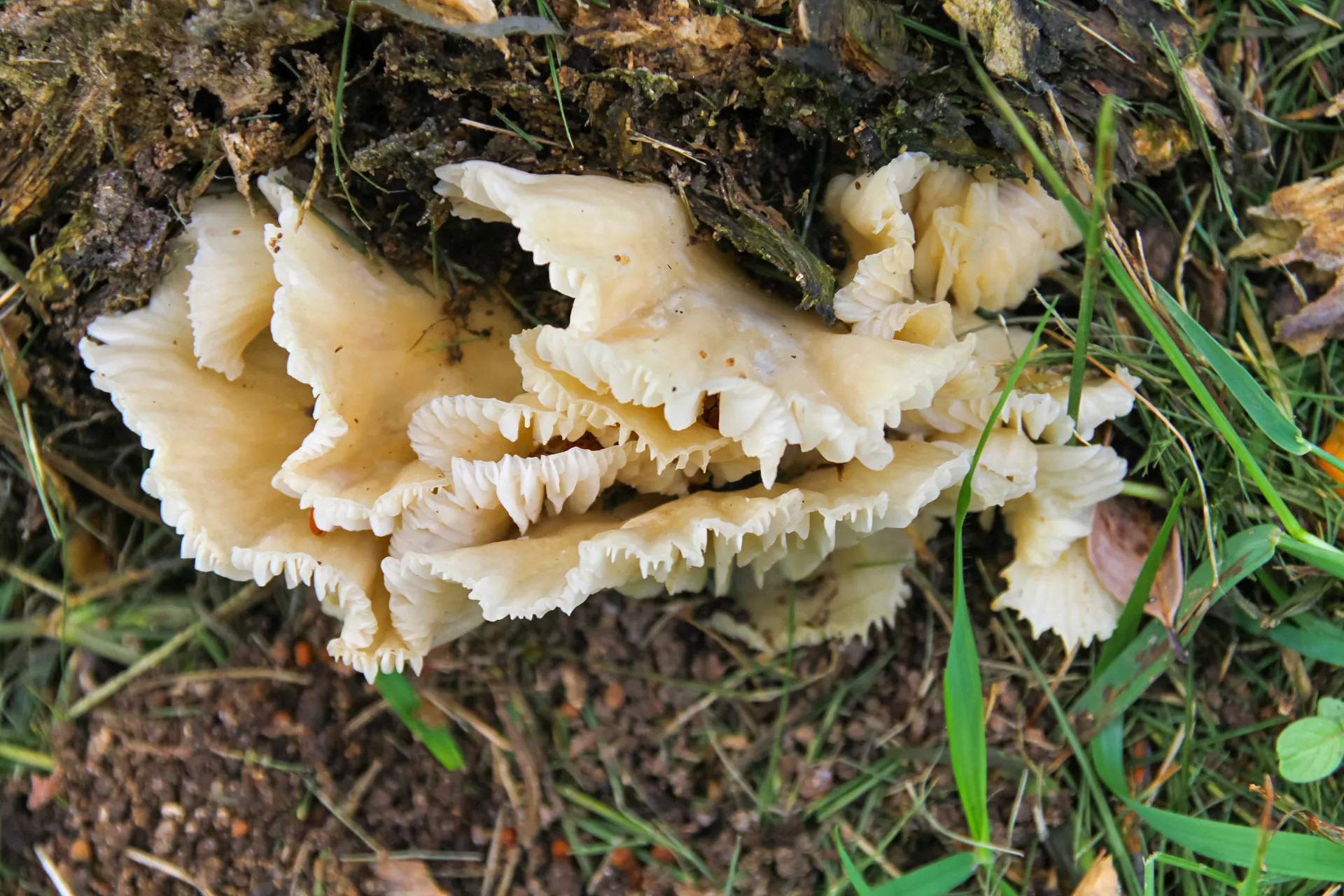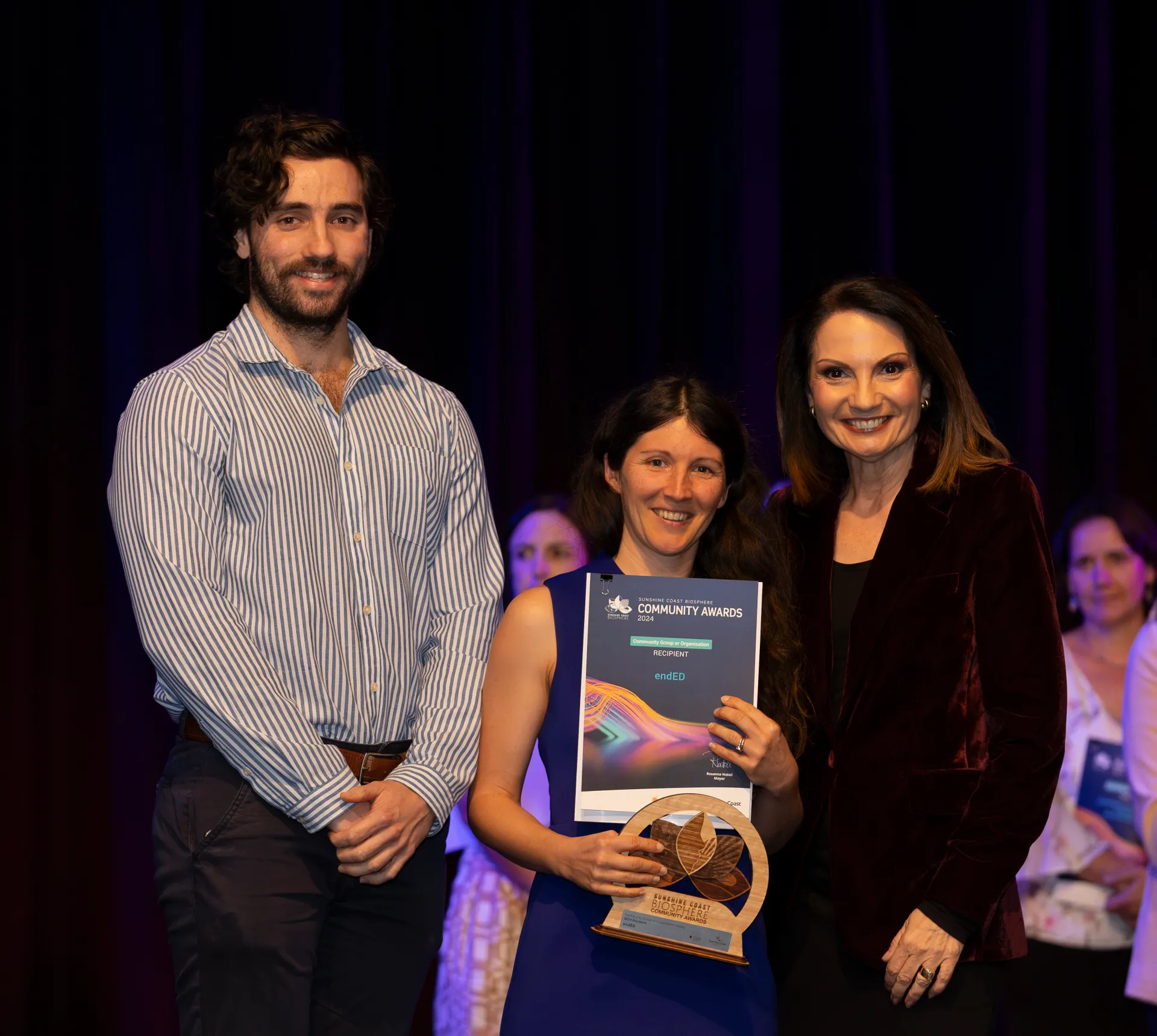4 ways to line your bin - plastic free
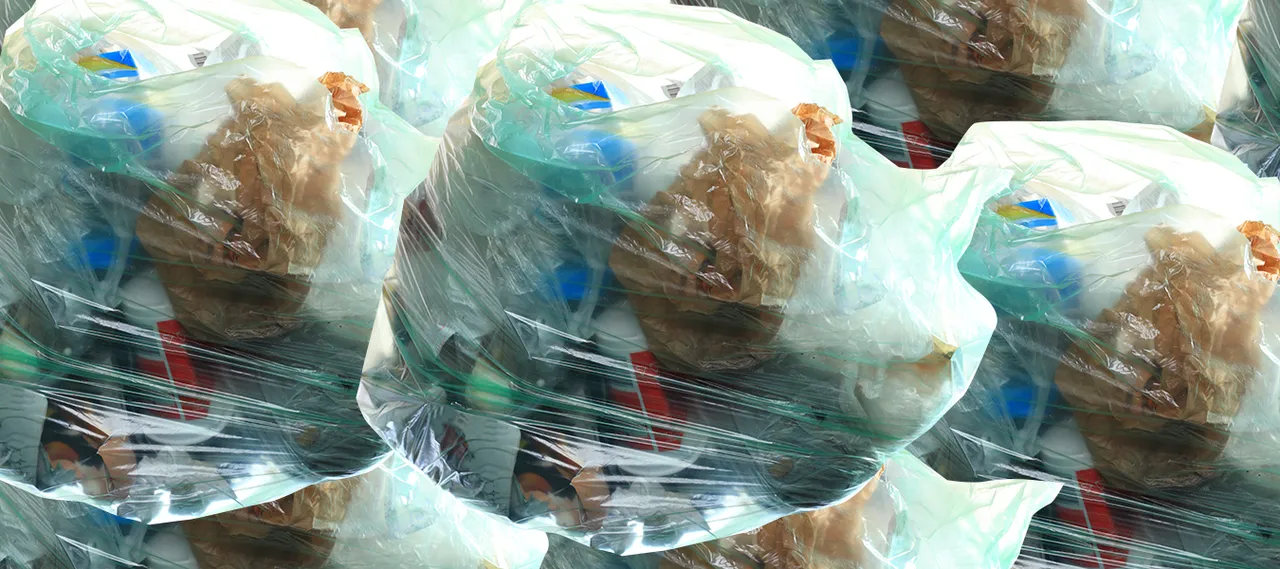
For years, using free supermarket bags to line our household bins has been the norm, something many of us have never thought to question. In the kitchen, bathroom, kids' rooms or office, the seemingly endless supply of lightweight plastic bags could easily be used to line a plethora of different sized bins.
Now, how to line a garbage bin at home has become a hot topic of conversation…and a source of confusion.
Sure, you could use the fifteen cent heavy-duty bags from the supermarket but that would defeat the purpose of trying to reduce single-use plastics. And, it's not quite the same as getting them for free like we used to!
Living Smart looks at four possible solutions to this dilemma. Not every option will suit every household so we suggest experimenting and finding what works for you.
4 ways to line your home rubbish bins
1. Reuse plastic packaging
Loads of items we buy regularly come in plastic packaging that can easily be used as a bin liner such as packaging from toilet paper, nappies, breakfast cereals and bread.
If you're not reusing your soft plastic packaging, don't forget to REDcycle at your local Coles or Woolworths supermarket.
Ideal for: bathroom bins and smaller bins throughout the home.
2. Go bag-less
Choose to go bag-less and place rubbish directly into a smaller household bin and then into your Sunshine Coast Council wheelie bin. Bins can easily be rinsed with a garden hose after use, with water thrown onto the garden.
If choosing this option, take care not to overfill your wheelie bin so that the lid closes securely to prevent any waste from being blown around. This may be an option for people who compost most of their food scraps, as the smelly waste goes into the compost. It may not be suitable for people in units where body corporate rules require all rubbish to be placed into a plastic bag before putting into communal bins.
Ideal for: people who compost most of their food scraps.
3. Use newspaper
There are plenty of YouTube video tutorials on creating your own bin liners from newspaper (check out a couple of ideas below). Most require following some simple steps to fold, while more elaborate versions require folding and gluing.
These liners are ideal for bathroom bins and smaller bins, although they can tear if when wet so if choosing newspaper, take care when transferring from an indoor bin to your wheelie bin.
Here's a great option for a small bathroom or dustbin liner that does not require gluing:
For a sturdier version, try experimenting with this one:
Ideal for: smaller kitchen bins or bathroom bins
4. Compostable or degradable bags
Purchasing commercially made bin liners may be part of the solution for your household, especially if you live in a unit blocks where body corporates regulations require residents to user bin liners.
However, all bin liners are not equal when it comes to environmental credentials. According to Choice magazine, biodegradable plastics require specific conditions to break down which means that "a biodegradable plastic will not simply break down wherever it ends up" so unless a bag is verified as biodegradable, it may not actually break down as claimed on the packaging.
If you are seeking an eco-friendly bin liner option, do some research into the various brands so you know what you are getting. Looking for the Home Compostable Certification is one way to be certain your product has been independently assessed as compostable and biodegradable.
Here are some helpful articles:
- Degradable, biodegradable and compostable
- Lining up the bin liners: which size is for you?
- Compostable bags and bin liners explained
- Are biodegradable bags the best option to line my bin with?
Ideal for: larger kitchen bins, people in units or apartments
Audit your rubbish
Correctly sorting your household rubbish should help to reduce the amount of waste that your household sends to landfill (and hence reduce your need for bin liners). Consider conducting an audit of your rubbish and taking the following actions:
- Compost food scraps (Check out What kind of composter are you? for some ideas).
- Get informed about your Council kerbside recycling service and recycle items such as clean cardboard, cans, bottles and cartons.
- Recycle batteries, aerosols, printer cartridges and electronic waste (5 easy ways to recycle household items tells you how).
- Reduce the amount of packaging you bring into the home and single-use items used in the kitchen and other areas (check out 14 tips for reducing plastic use in the kitchen)
- Consider which bins in your household actually require liners, can you go without a liner in the bathroom or office?
What are you using to line your bins at home now the supermarkets are not supplying plastic bags for free? Let us know what you have tried, and what is working for your family below.
For more information: www.choice.com.au/shopping/packaging-labelling-and-advertising/packaging/articles/biodegradable-plastic


